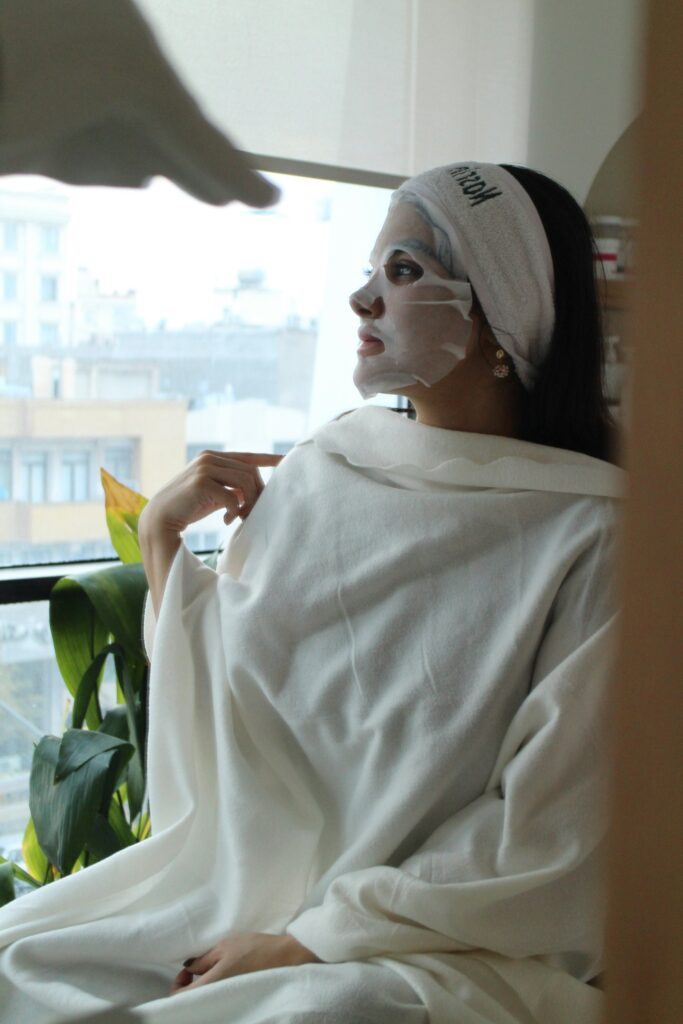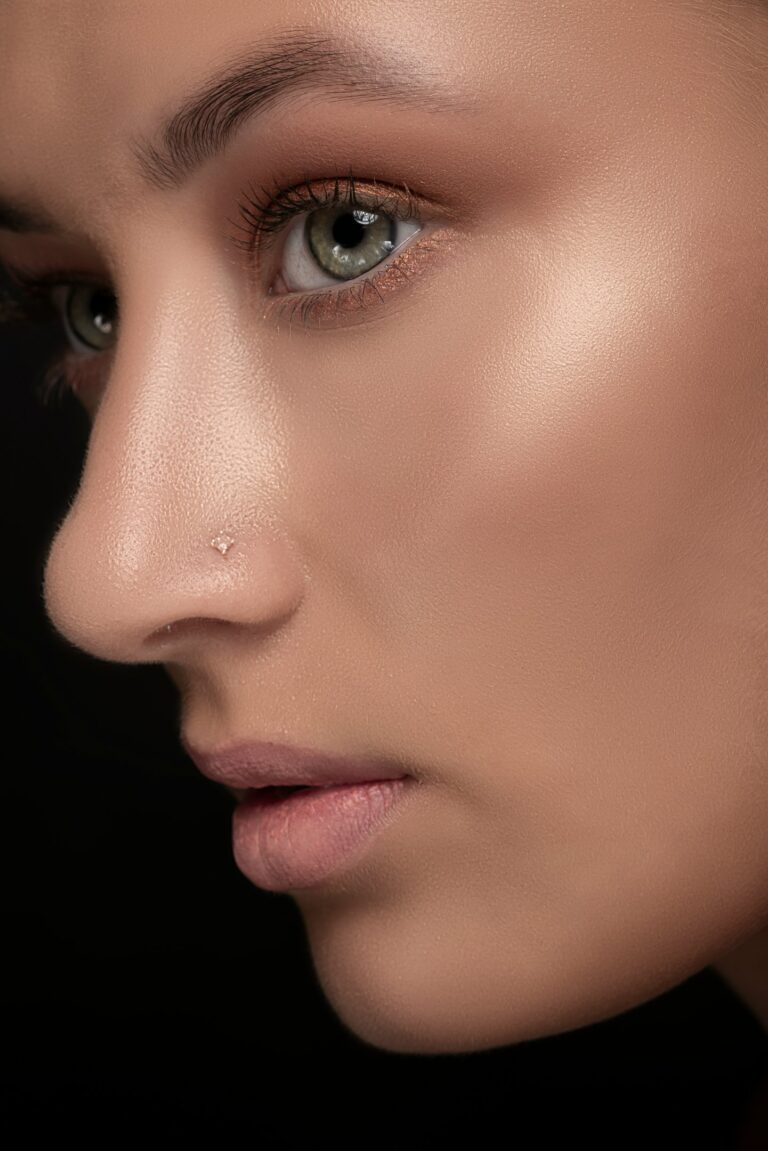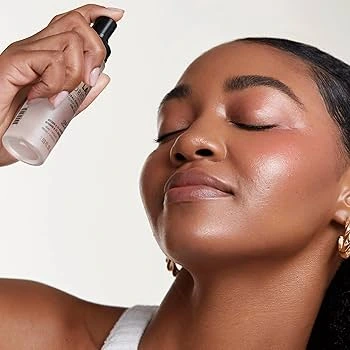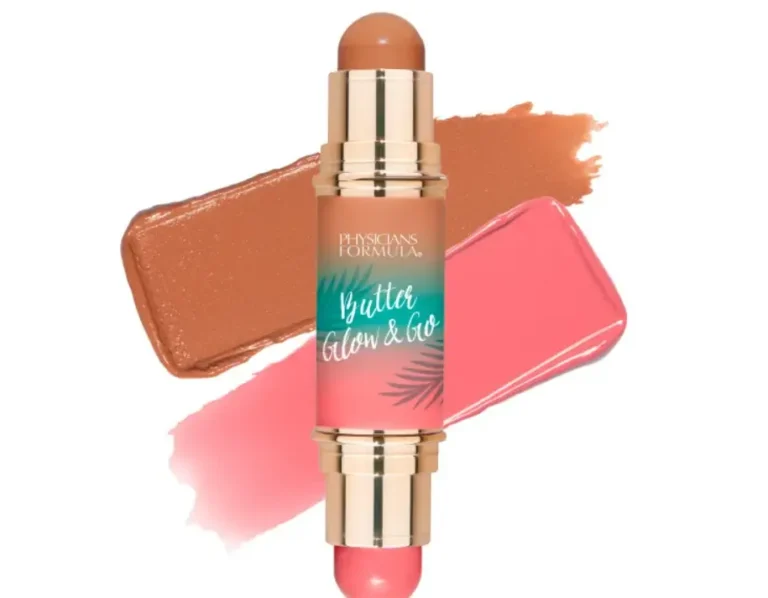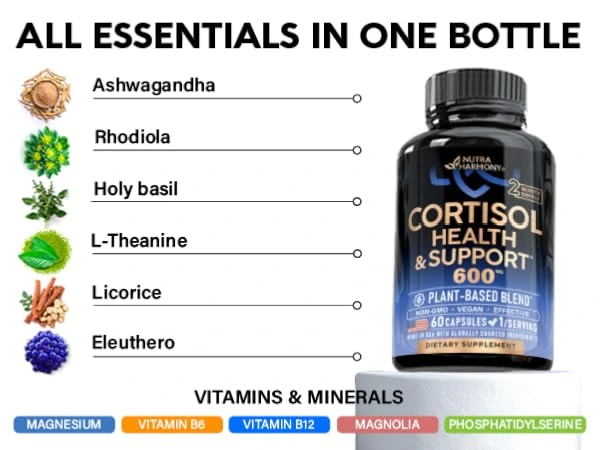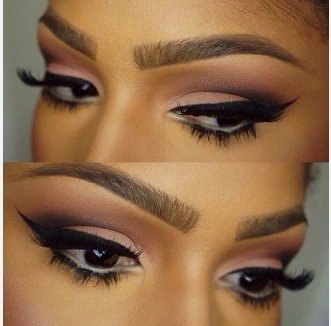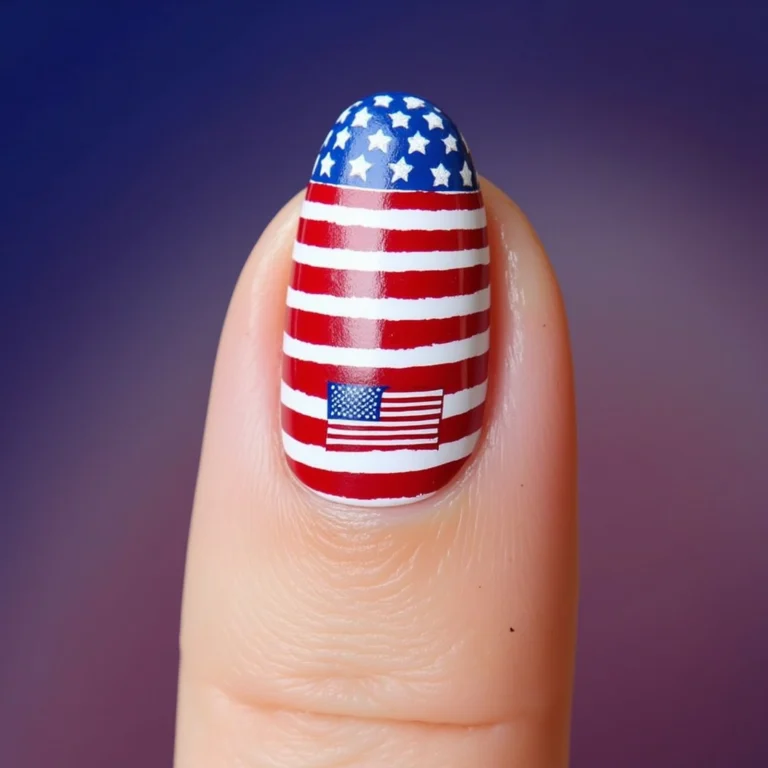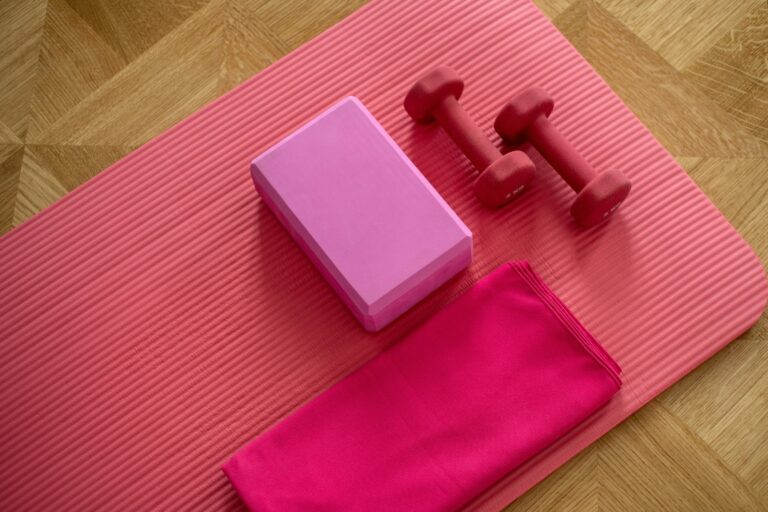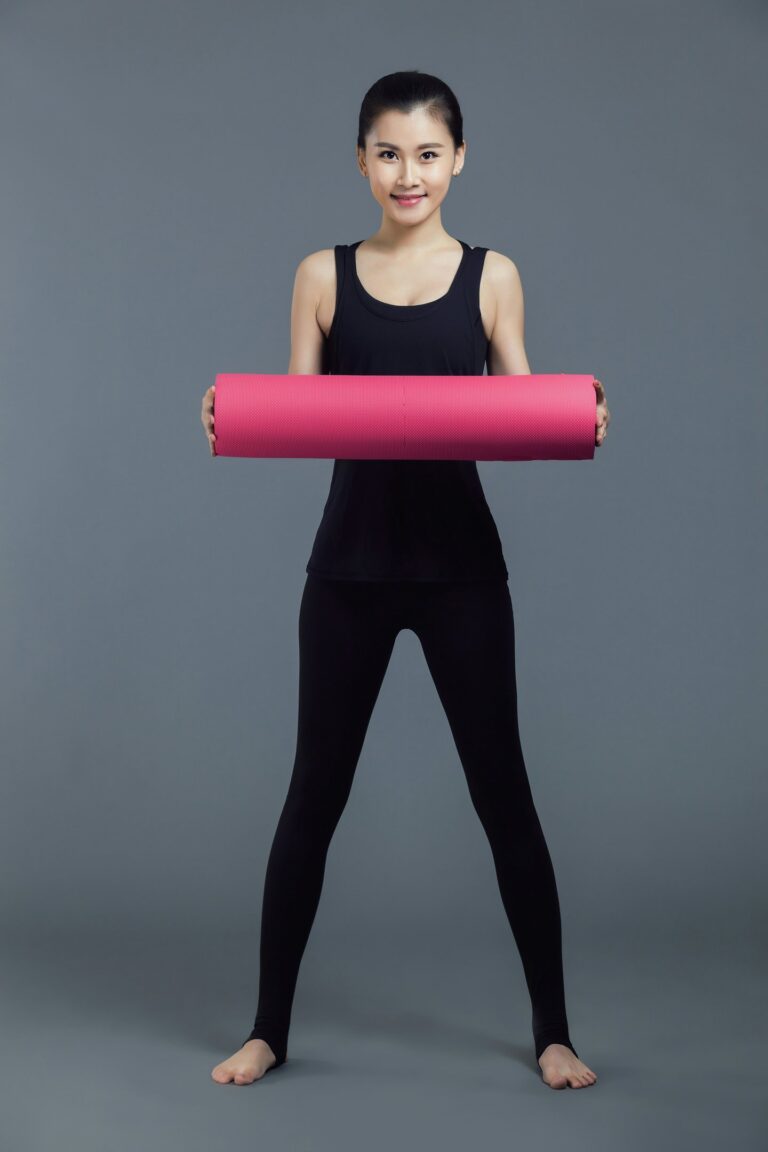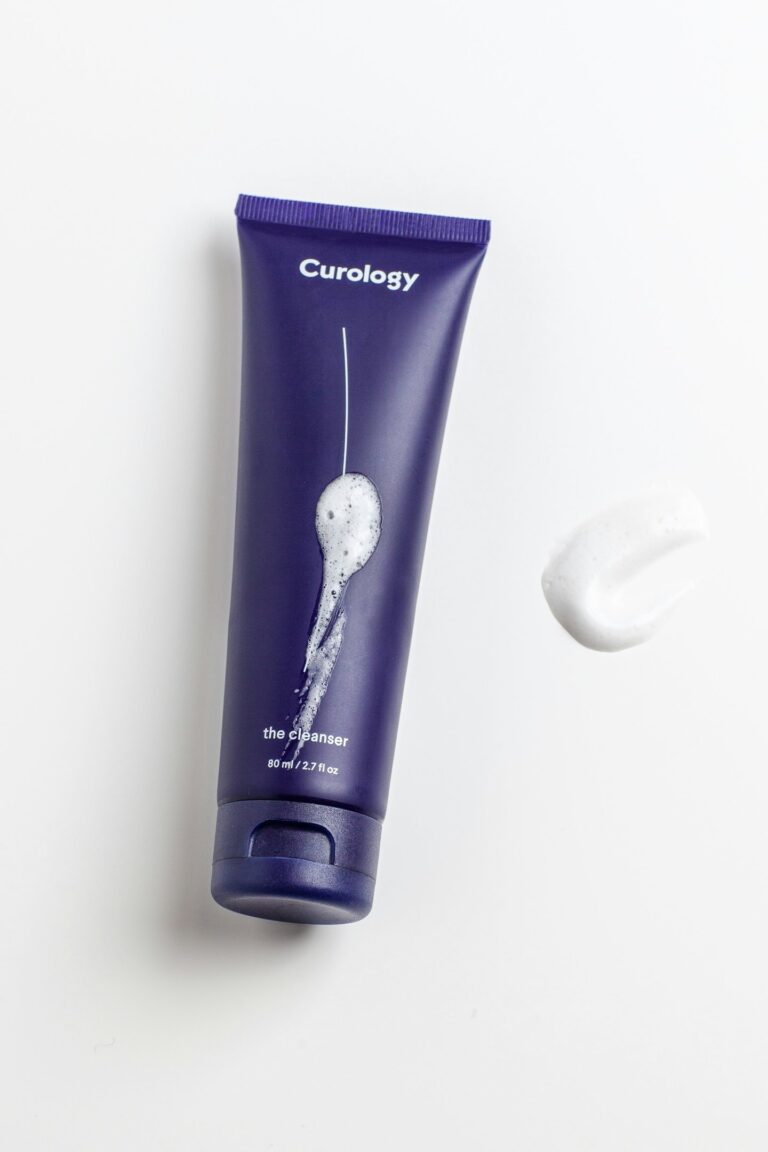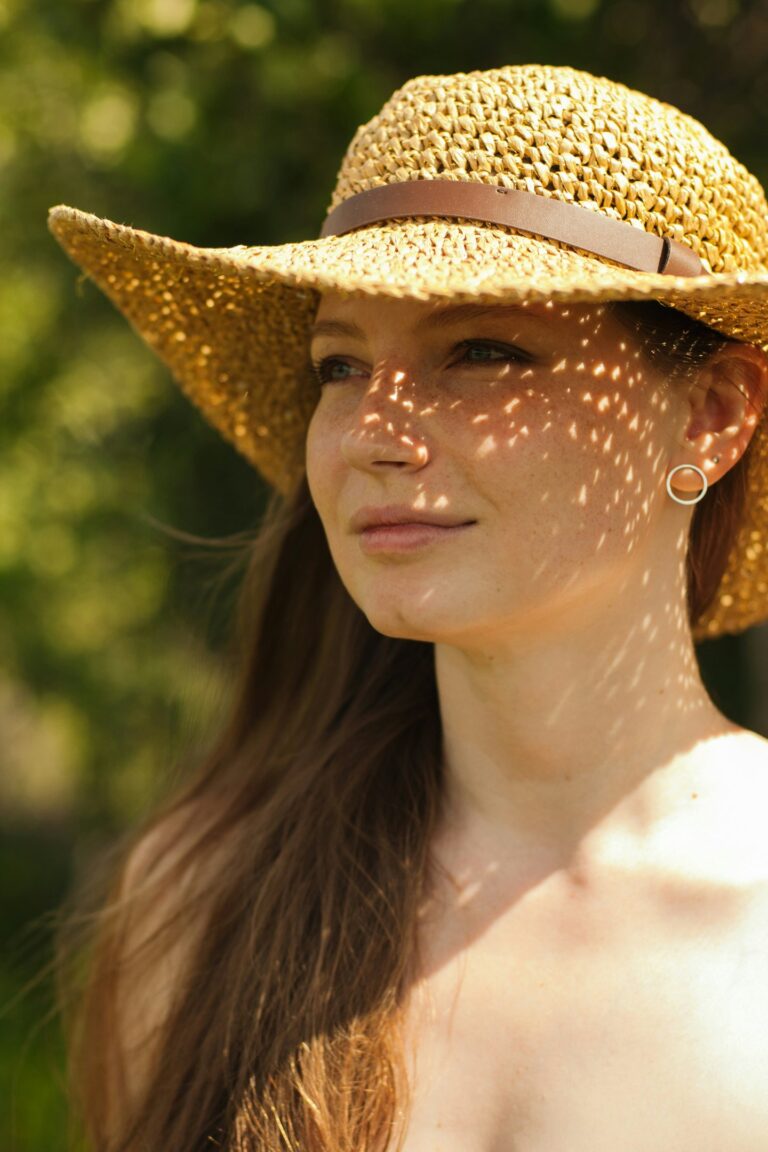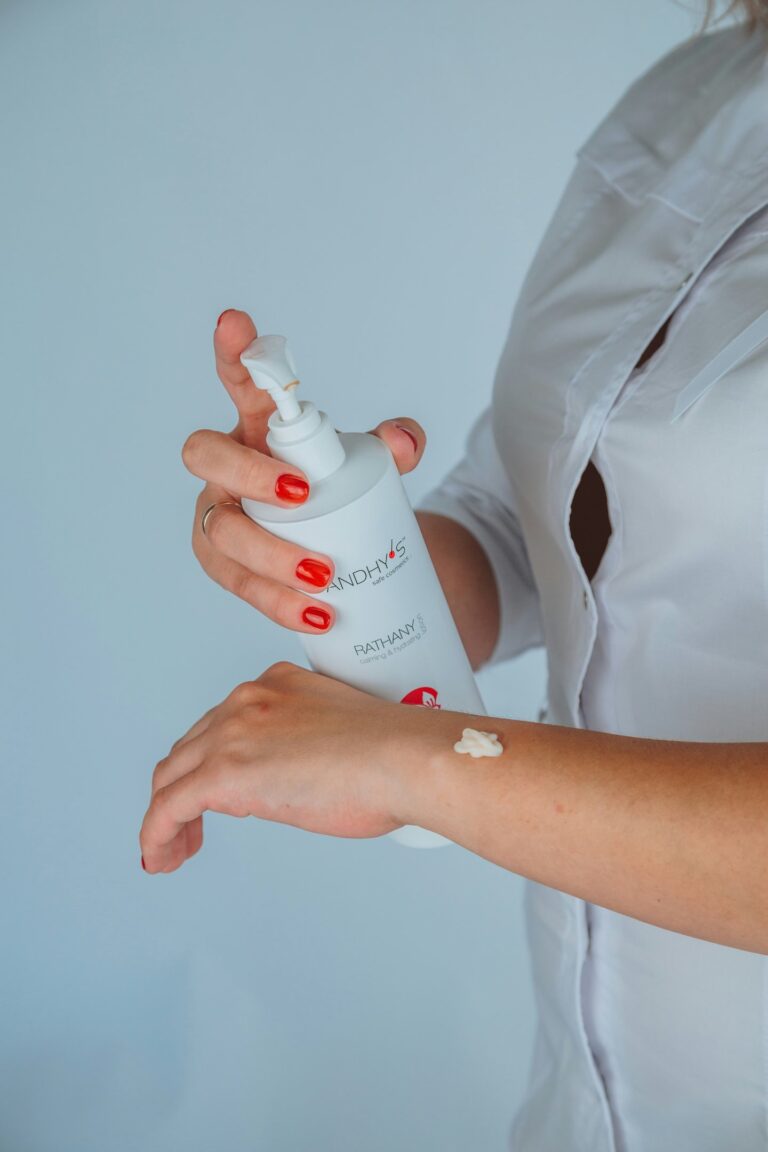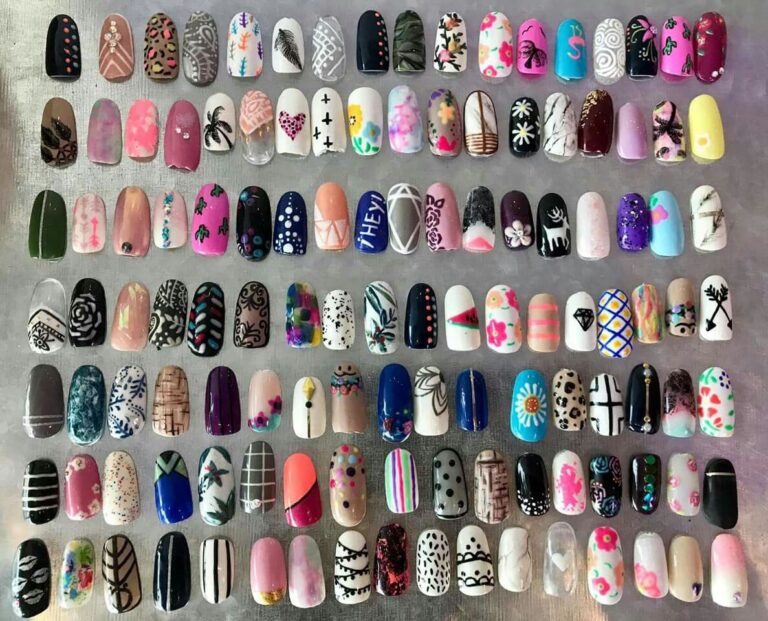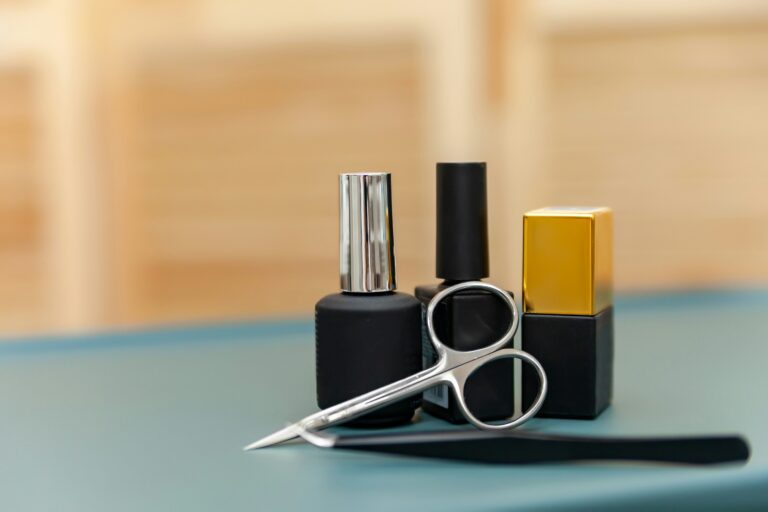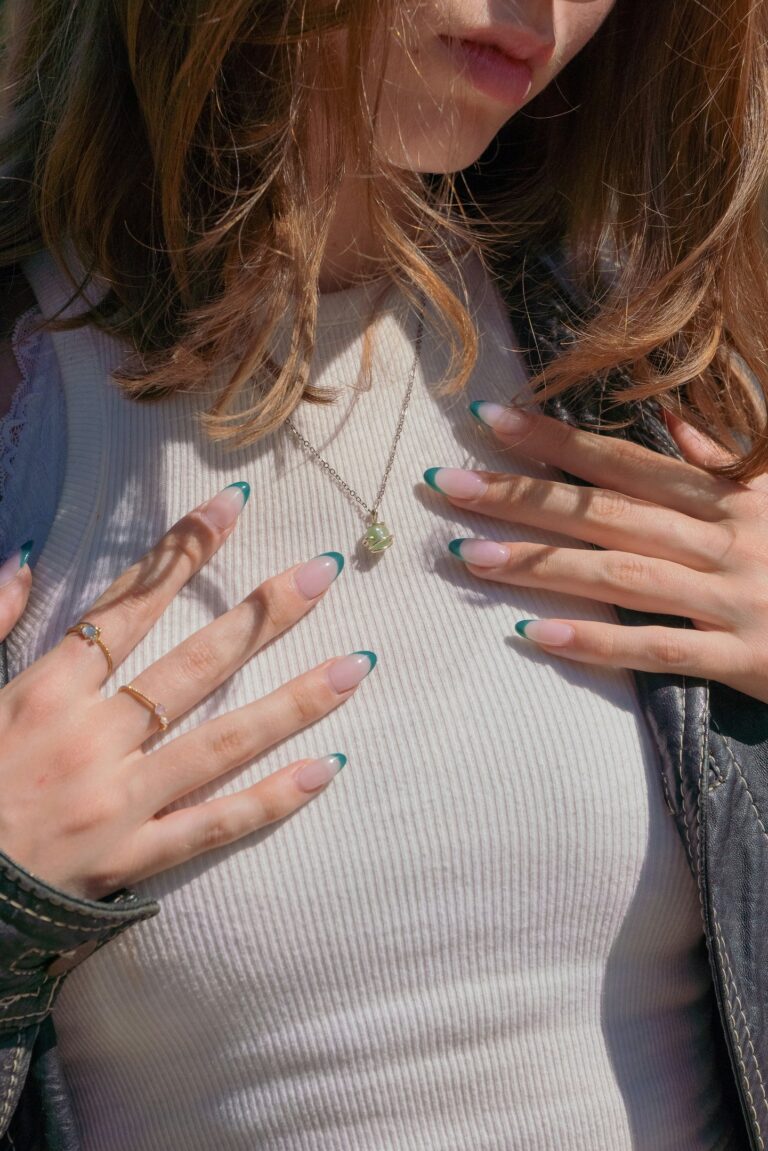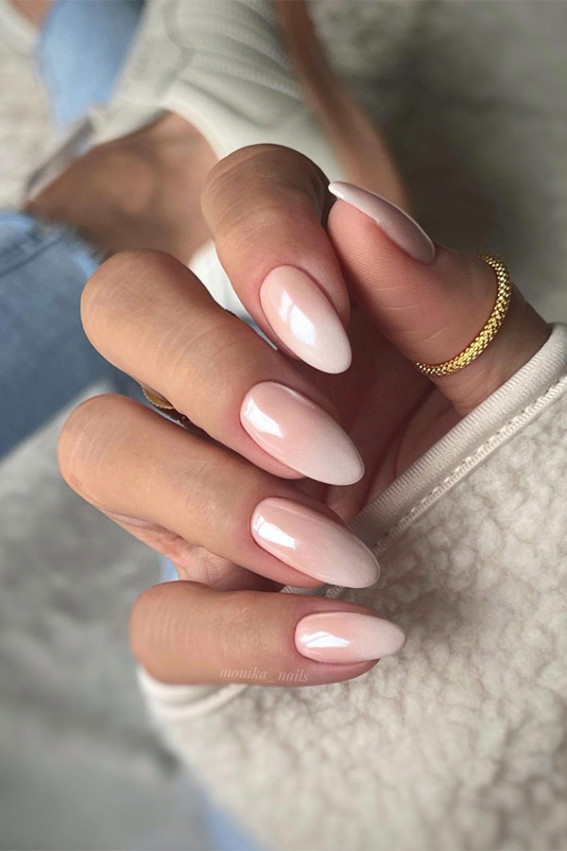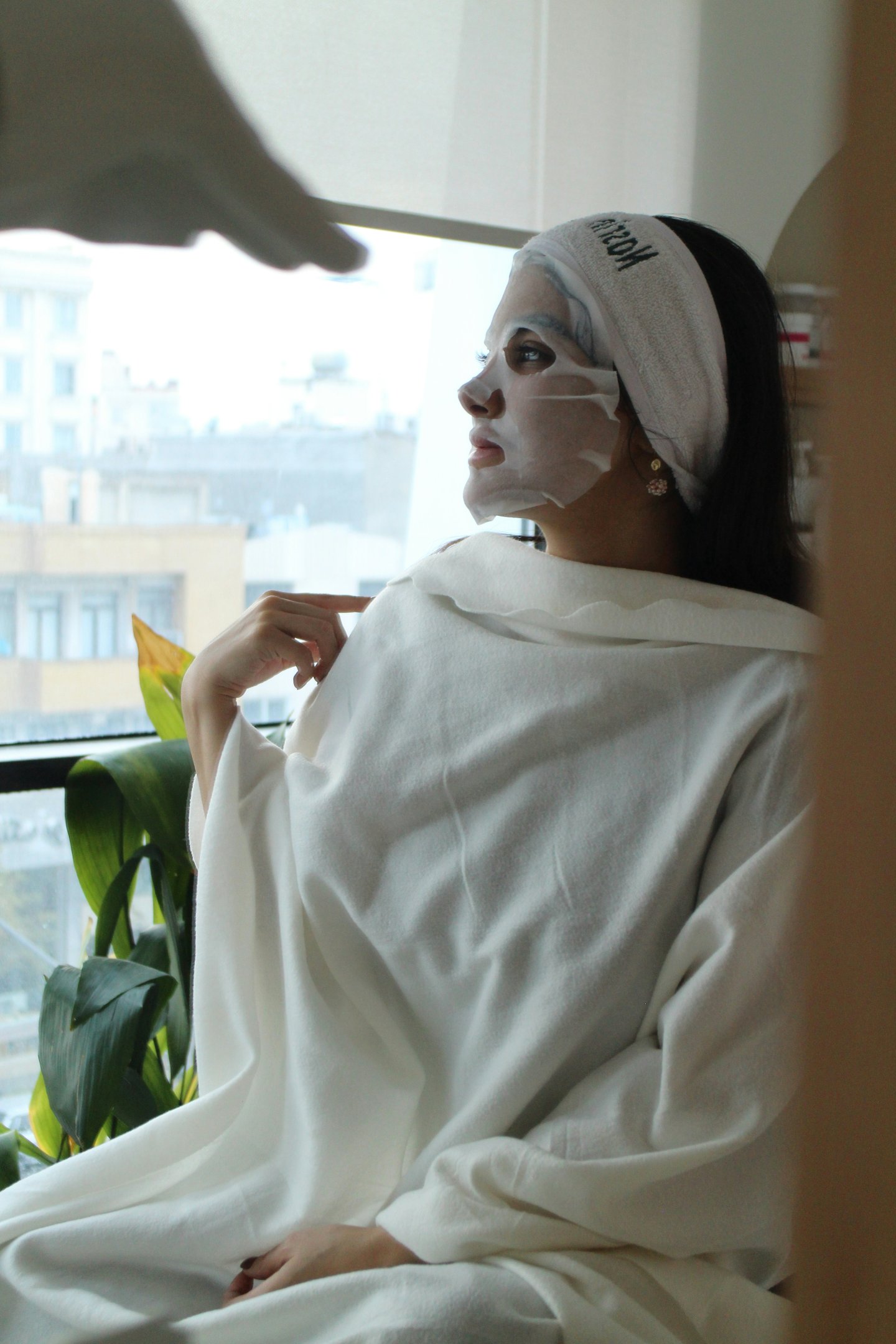
So, What’s the Difference?
Let’s get our definitions straight before your moisturizer gets mixed with your lip balm.
🧴 Night Cream
-
A traditional moisturizer designed for use at night.
-
Often richer, with more actives (like peptides, retinol, or ceramides).
-
Meant to nourish and repair while you sleep.
Try: this luxurious overnight cream that hydrates, plumps, and won’t suffocate your pores.
💤 Sleeping Mask
-
Like a night cream… but extra.
-
Think of it as a treatment moisturizer — heavier, often with a gel or balm texture.
-
Usually used 2–3 times a week for an added boost of hydration, brightness, or calm.
Try: this lightweight sleeping mask that quenches dry skin without leaving a greasy film.
🧈 Slugging
-
A K-beauty trend that means sealing your face with an occlusive (like petroleum jelly or balm) as the final step.
-
Locks in moisture and prevents transepidermal water loss (aka skin getting dry AF).
-
Not a product — it’s a technique.
Try: this non-comedogenic ointment that locks in your skincare like a dream without clogging your pores.
When to Use Each — Based on Your Skin Type
🔥 Dry or Dehydrated Skin
-
✅ Night cream? Yes.
-
✅ Sleeping mask? Yes.
-
✅ Slugging? Go for it — your skin will drink it up.
For flaky, thirsty skin, layering hydration and sealing it in can be a total game-changer.
🧴 Oily or Acne-Prone Skin
-
✅ Night cream? Yes, if it’s lightweight.
-
❌ Sleeping mask? Maybe — go for gel formulas only.
-
❌ Slugging? Rarely. Too occlusive = clogged pores.
If your skin overproduces oil, you still need hydration — but focus on balance, not buildup.
Try: this oil-free night cream that smooths and hydrates without suffocating your skin.
💕 Sensitive Skin
-
✅ Night cream? Yes — choose fragrance-free, calming options.
-
✅ Sleeping mask? Yes, if it’s super gentle.
-
❌ Slugging? Maybe. Test first — some sensitive types love it, others feel smothered.
Barrier repair is your best friend, so go slow and build your routine around comfort.
Try: this cica-infused sleeping mask that soothes redness and irritation while you snooze.
🎯 Combo Skin
-
✅ Night cream? Yes, or mix it up — lightweight for T-zone, richer for cheeks.
-
✅ Sleeping mask? Sure — 1–2 times a week.
-
❌ Slugging? Spot slug only, like dry patches.
You don’t have to pick just one — sometimes you just need to be a little extra… strategically.
What’s Actually Worth Your Money?
Let’s be honest — skincare routines can get expensive. Here’s the quick-and-dirty:
-
Hydrating toner or serum
-
Night cream
-
Sleeping mask or slugging balm as final layer
-
Your skin barrier is damaged
-
You live somewhere very dry
-
You’re dealing with a retinol recovery situation
-
Night Cream: Best for most people. Start here.
-
Sleeping Mask: Use as a treatment 1–2x/week when skin needs extra love.
-
Slugging: Great for dry, flaky skin — but not ideal for oily or acne-prone types.
If you can budget for just one product, get a: Night Cream
Why? Reliable hydration + active support for nightly repair.
If you want an occasional boost, try a: Sleeping Mask
Why? Great for when your skin is stressed, tired, or looking dull.
If you’re repairing your skin barrier, go for a: Slugging Balm
Why? Budget-friendly, deeply hydrating, and seals everything in — but only if your skin can handle it.
Do You Ever Use All Three?
Short answer: not usually.
Long answer: some people layer strategically, like this:
But only do this if:
Otherwise, this much product might overwhelm your skin.
TL;DR — What Should You Choose?
You don’t need all three. You just need the one that suits your skin right now.
If your budget allows try this combo which is clinically tested :
Final Thoughts: Your Skin Doesn’t Need Everything — Just What Works
Skincare is about listening to your face — not FOMO from what’s trending.
If your moisturizer is making you wake up soft, glowy, and happy? You’re doing it right.
But if you’re feeling dry, irritated, or underwhelmed — don’t be afraid to mix it up. Just keep it simple, thoughtful, and based on your skin’s needs, not the internet’s drama.
Read our guide on Nighttime hair routine here.
